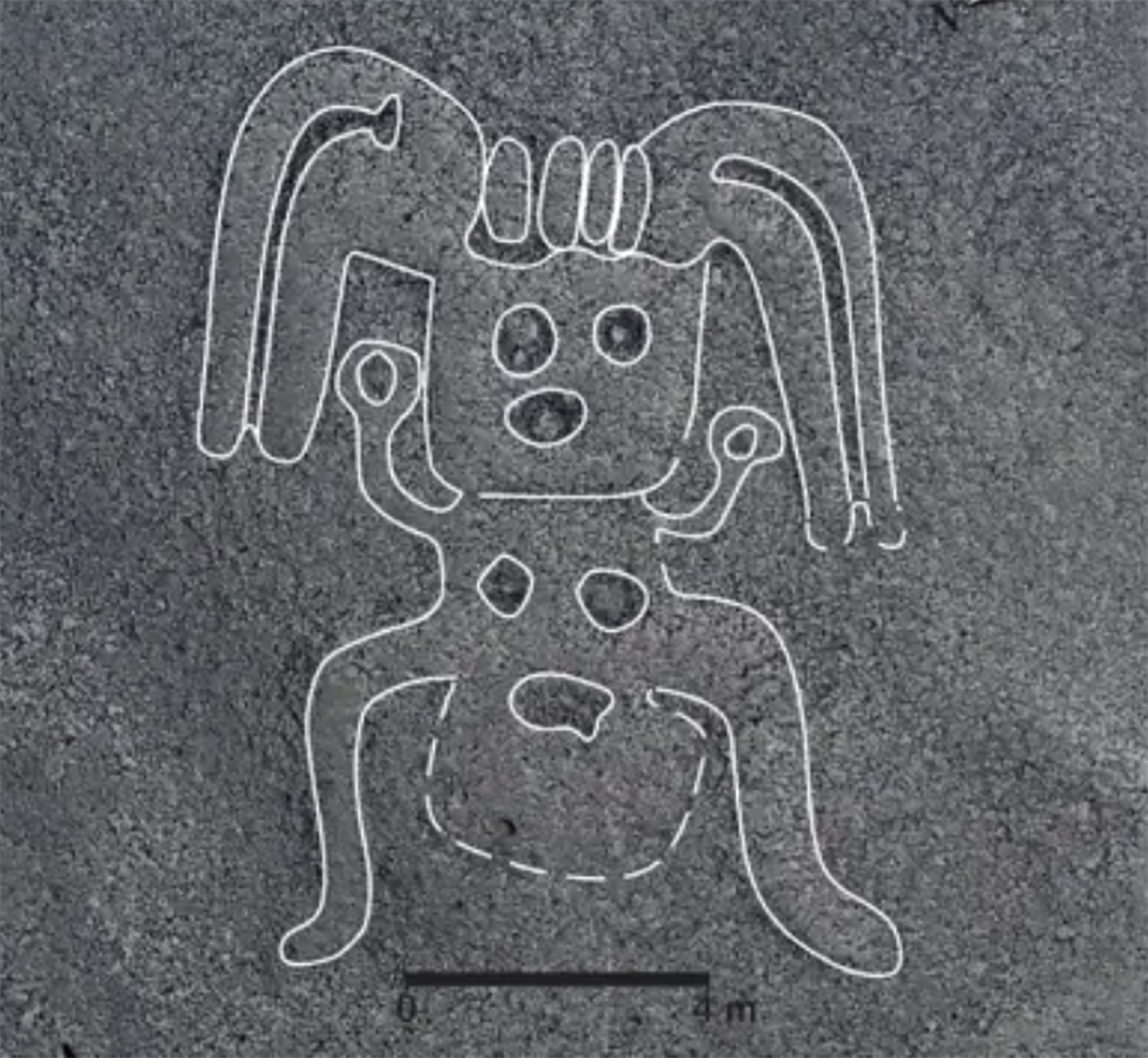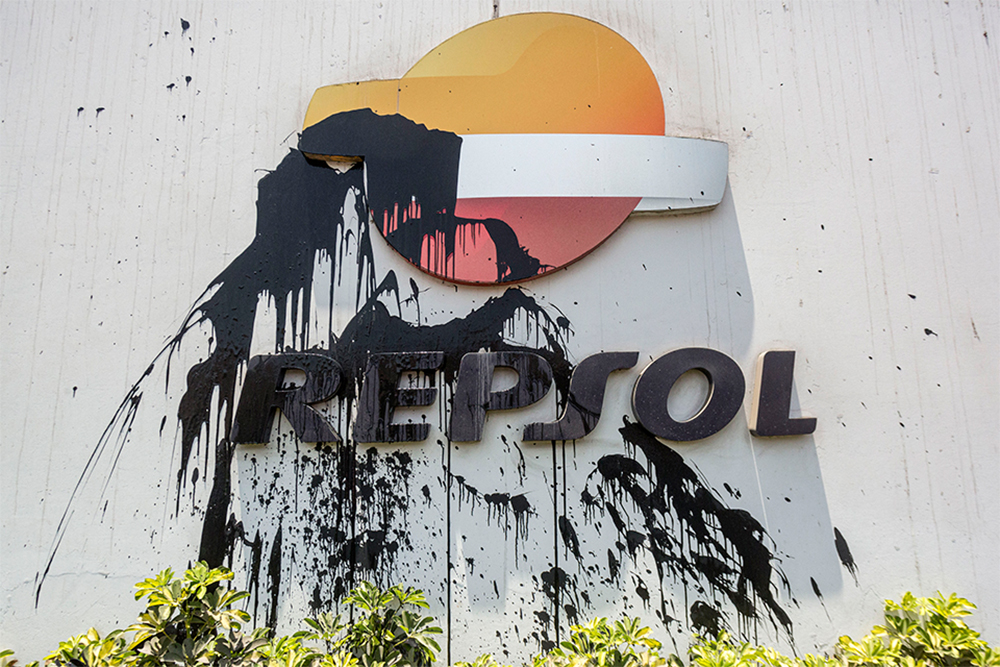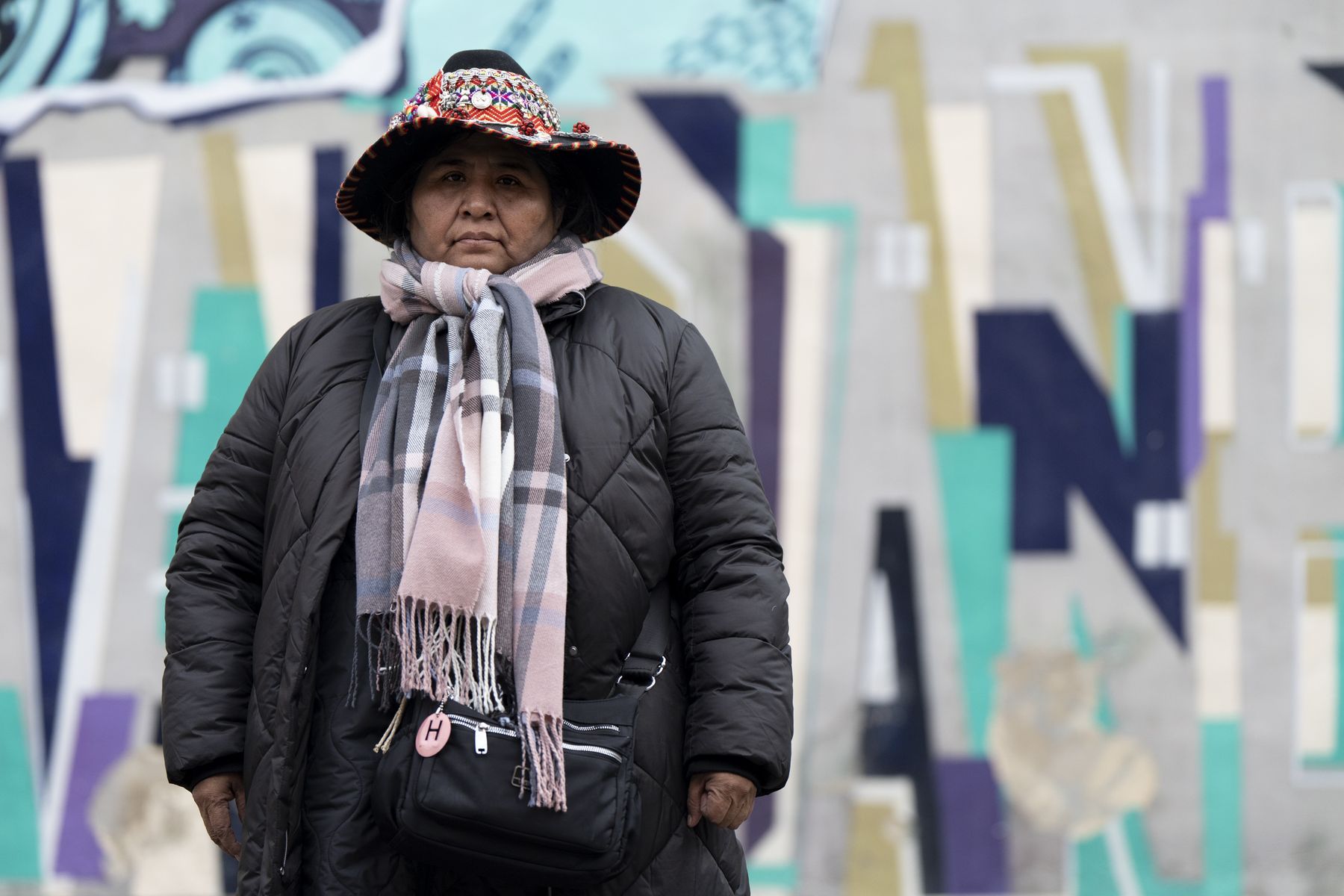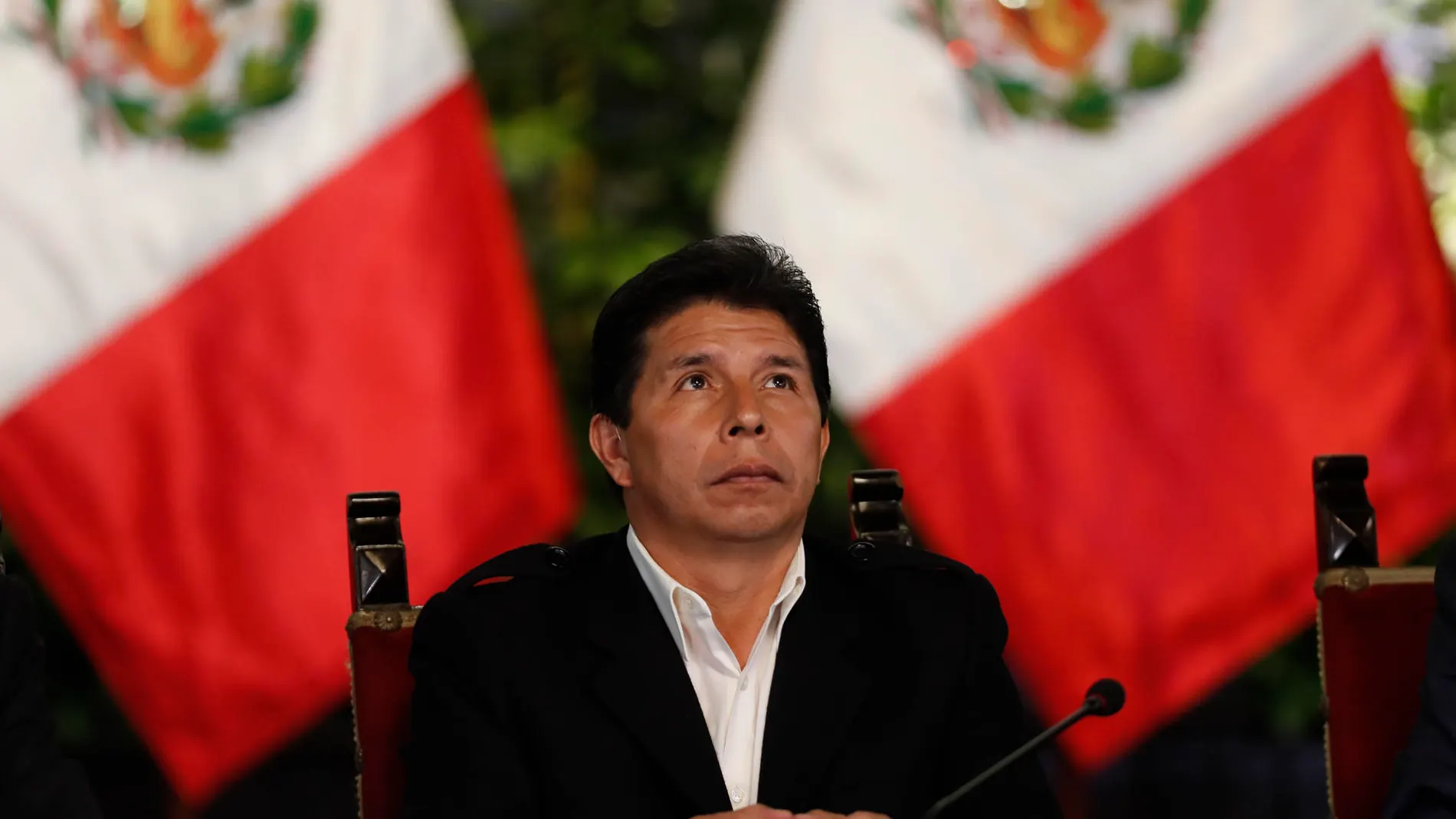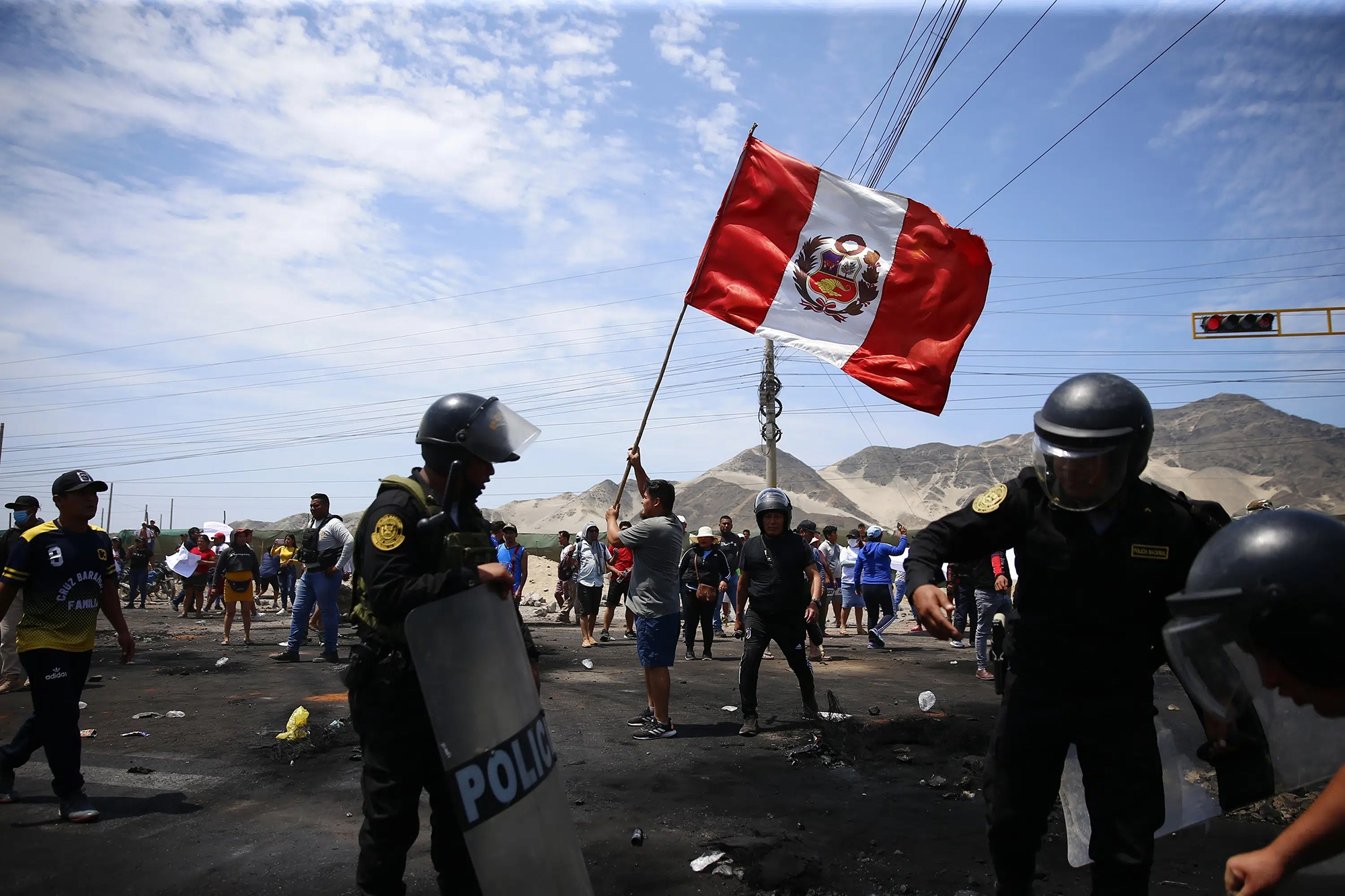Former Peruvian dictator Alberto Fujimori has died: Who he was and what he did?
- Convicted of numerous crimes and corruption committed during his tenure, Fujimori used a harsh hand in Peru in the 1990s. At the age of 87, the father of the ultra-right politician Keiko Fujimori, who was killed in Switzerland in 2008, died.

Alberto Fujimori died in Lima on 11 September of a cancer victim, nine months after leaving prison. Her daughter, Keiko Fujimori, was in charge of making the news known. Fujimori will remain in the history books in Peru after he was hit by a car in 1992 and ordered with a hard hand in the country. In those years, the military committed serious violations of human rights and the dictator created a large network of corruption among the politicians around it.
In 2000, when corruption cases were uncovered, Fujimori fled first to Japan and then to Chile, where he remained in prison. But he was extradited years later and sentenced to 25 years in prison for crimes against humanity. Fourteen of them served in the “prison of the presidents” of Barbadillo, and nine months ago the current president of Peru, Dina Boluarte, granted him a “humanitarian” pardon. The Inter-American Court of Human Rights ruled that the ex-president's release had been "an error" and that the sentence was acquitted.
He was sentenced to 25 years in prison for crimes against humanity in the twenty-first century. Of these, fourteen were served in the “prison of the presidents” of Barbadillo, and nine months ago Dina Boluarte, current president of Peru, granted him a “humanitarian” pardon.
Twelve million Peruvians in poverty
Fujimori was born in 1938 as a family of Japanese immigrants. In Peru, the Ninkykei are called to the inhabitants of Japanese origin, many of them arrived in the country at the end of the 19th century and soon settled in large cities to devote themselves to trade. Engineer and pastor of the University, Fujimori won the 1990 elections with a technocratic message and, at the same time, a meticulous language, in front of the neoliberal Mario Vargas Llosa.
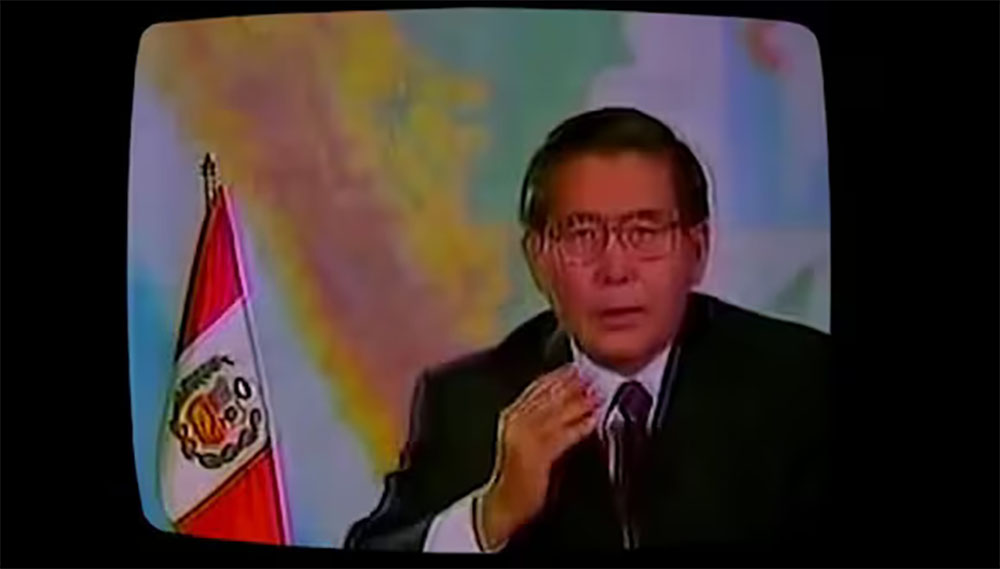
Immediately after the taking of command, it imposed drastic measures to emerge from the economic crisis, popularized as the fujishock, a reform that the governments of the United States and Japan put as a necessary condition for the granting of loans.
As a result, the price of bread, flour, milk and other basic raw materials was increased four times a day and 57 per cent of Peruvians fell into extreme poverty of almost 12 million inhabitants. In addition, it was also dedicated to savage privatisations, but the billions of euros it achieved with them were immediately spent by the state.
“I’ve decided to dissolve Congress…”
On 5 April 1992, the Peruvian president announced on television that he had decided to close and dissolve the Congress of Deputies, for which he had the support of the armed forces. With this “Autocupe”, a new stage of authoritarian command begins, with the excuse of fighting the armed band Shining Path.
During these years, the military committed serious crimes against human rights. They intervened in local governments, kidnapped journalists and killed opponents. The most famous massacres were committed by the paramilitary group La Colina in 1992 in Pativilcan and La Cantuta.
Compulsory sterilizations
Fujimori assumed “special laws” for science during his term of office. Among them, it encouraged forced sterilizations between peasants and indigenous people.
The objective, supposedly, was to reduce the number of births in poor areas and, according to some estimates, more than 300,000 women and 22,000 men were sterilized. The case ended in court.

Mixed in drug trafficking and corruption cases
A new Constitution was adopted in Peru in 1993, opening the way for Fujimori to be re-elected. He then took a great power, accompanied by his political and military advisor, Vladimiro Montesinos. In this way, a network of corruption was created that included drug trafficking.
All the alarms jumped after statements by a well-known drug trafficker named Vatican in 1996 during a trial in which he assured that he gave Montesinós 50,000 dollars a month for letting him take cocaine to Colombia. In addition, dozens of kilograms of white powder were seized on an army plane, according to the same sources.
Fujimori took enormous power, accompanied by Vladimiro Montesinos, political and military advisor. In this way, they created a huge network of corruption, which also included drug trafficking.
TV farewell
By the year 2000, the small population of Fujimori was completely dirty, in the context of the elections, multitudinous marches were carried out against him from the four cardinal points of the former Inca empire of the country, His or Incas. In addition, Montesinos broadcast live on TV how his right hand bribed a transvestite.
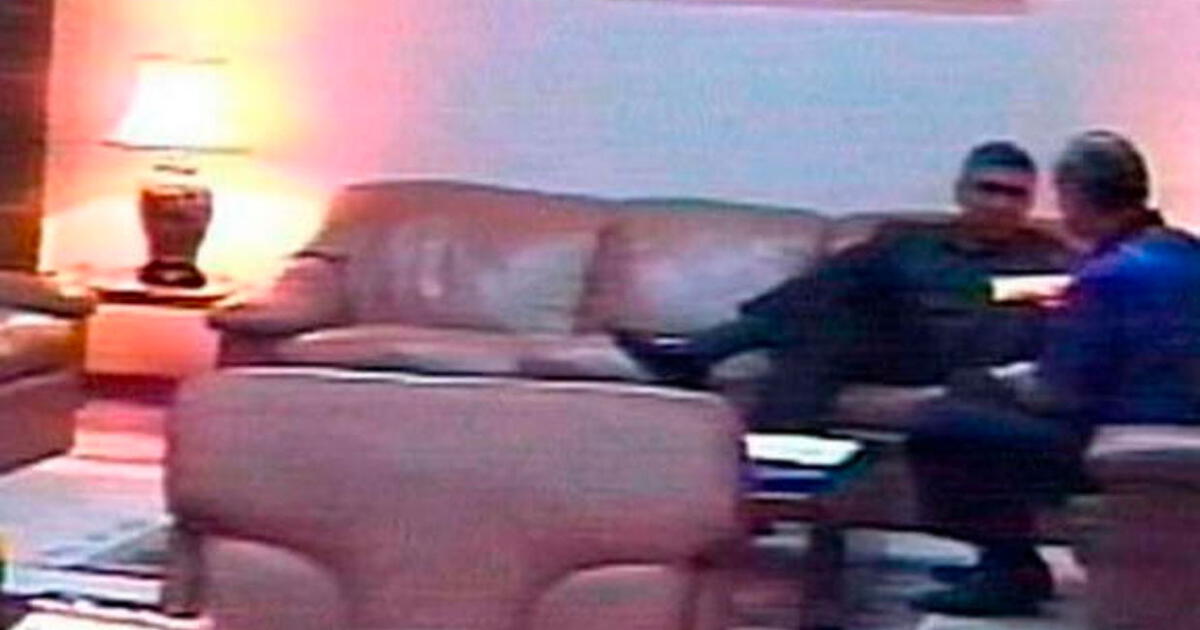
That's what caused Fujimori's escape, and the last drop that brought his end.
A team of researchers led by the Japanese archaeologist Masato Sakai of the University of Yamagata has discovered numerous geoglyphs in the Nazca Desert (Peru). In total, 303 geoglyphs have been found, almost twice as many geoglyphs as previously known. To do so, researchers... [+]
On the northern coast of Peru, in the deposit of Diamarca, mochica culture (c. 330-H. C. 800) have found a trunk room. This culture is known for its impressive architecture, vast religious imaginary and colorful walls full of details.
The room found confirms these... [+]
Pasa den abendutik Perun gertatzen ari diren istiluak, herrialdearen egoera politiko ahularekin lotu dituzte munduko hedabide nagusiek. Pedro Castillo presidente ezkertiarraren noraeza, haren kargugabetzea, Andeetako eskualdeetako herritarren altxamendua eta haien kontrako... [+]
Ostegun honetarako manifestazio handia espero da Liman Dina Boluarte kargutik kendu, parlamentua desegin eta Perurentzako beste konstituzio bat eskatzeko. Herritar asko autobusez eta kamioiez karabanetan antolatuta iritsi da hegoaldeko eskualdeetatik herrialdeko hiribururaino.








